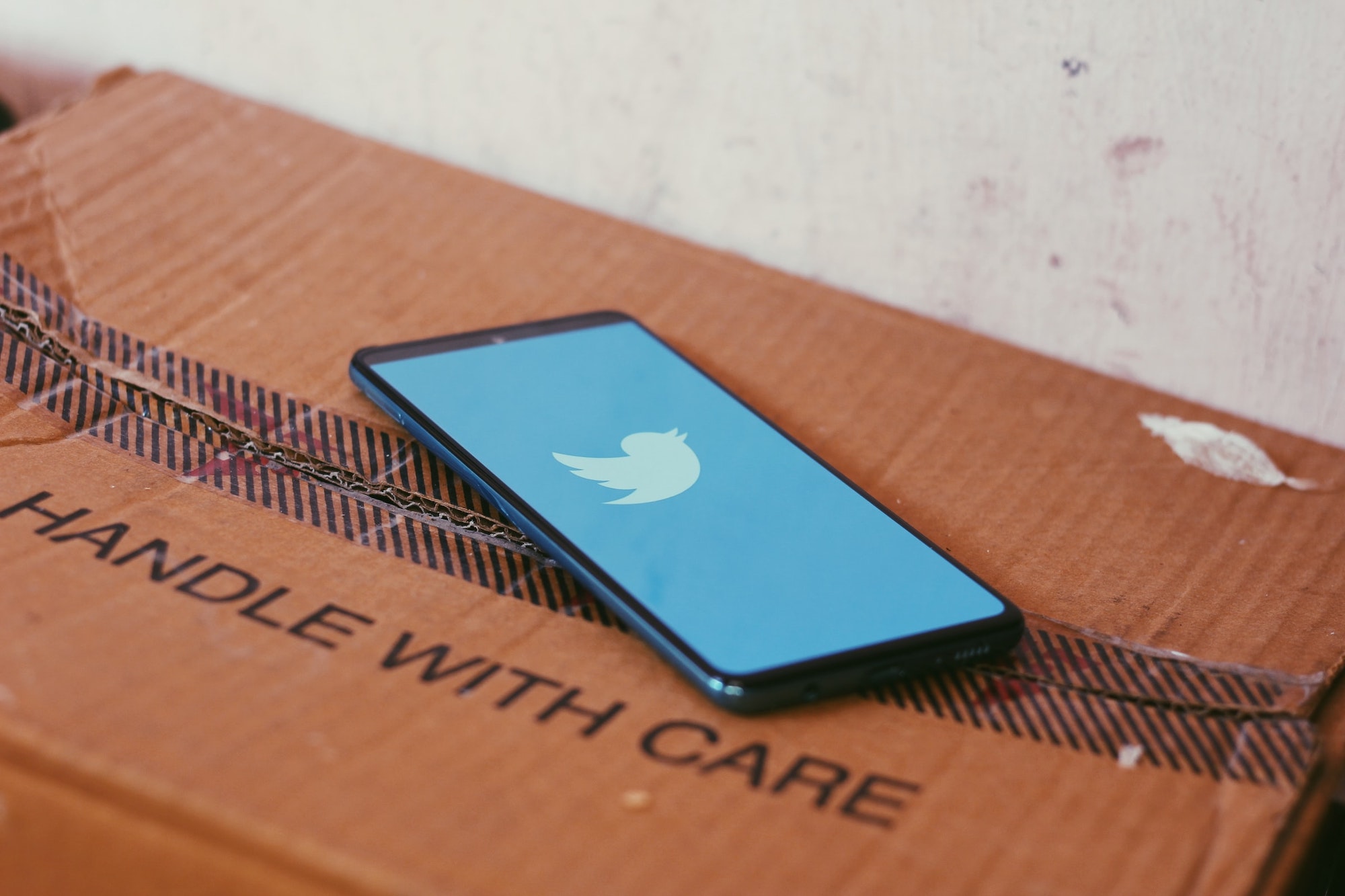

Another week, another surge of Twitter news. Elon Musk said he put his rollercoaster takeover deal “on hold,” and two executives have been fired.
One of the key issues at play is a battle over how to count bots on Twitter. If your head has been spinning with all this, we understand. Here’s a quick catch-up.
Is the deal on hold?
Late last week, Musk tweeted that the “deal [was] temporarily on hold” until Twitter could provide proof that spam and fake accounts made up less than 5 percent of Twitter users.
Then around two hours later he tweeted again, saying he was still “committed” to the deal.
Musk’s will-he-won’t-he around the Twitter deal, and in particular around the bot count, has continued on and off since.
On May 14, he proposed having his team randomly sample 100 followers of the @Twitter account.
On May 17, he tweeted his own unsubstantiated estimates that 20 percent of accounts were spam or fake.
And then early in the morning on May 18 he replied to a story that almost 50 percent of the @POTUS followers are fake, according to software company SparkToro, tweeting “Interesting,” and highlighting the disparity between that report and Twitter’s published numbers.
The Twitter CEO tries to clear up the spam question
Parag Agrawal, the CEO of Twitter, waded into this mess on Monday to try to clear things up.
In a long Twitter thread, he explained that Twitter works hard to detect and remove spam, and that “most advanced spam campaigns use combinations of coordinated humans + automation.” He claimed that Twitter suspends “over half a million spam accounts every day.”
Agrawal then added more context about the challenges Twitter faces, namely, that many fake-looking accounts are actually run by real people and that some real-looking accounts are fake.
Finally, Agrawal laid out how Twitter uses both public and private data to calculate what percentage of monetizable daily active users (mDAUs) are fake, and that because of the use of private data, this kind of analysis couldn’t be done by external parties (like, say, Musk and his team).
Agrawal’s thread was a coherent, reasonable assessment of one of the biggest challenges that a large social media platform faces. Musk replied with the poop emoji.
Is Musk violating the terms of the deal?
Over the past week, Twitter’s stock price has slid to below $39 per share—less than what it was trading at when Musk first revealed his stake in April. Tesla’s stock has also been falling, dropping 34 percent in the same time frame. This has led to speculation that Musk is trying to extricate himself from the deal, or at least use the bot issue to renegotiate the $54.20 per share purchase price.
Musk’s concerns about the spam numbers are legitimate. Twitter has miscounted user numbers in the past, and it would affect the value of the company, both on the stock market and to advertisers, if the numbers are wrong in this case.
But regardless of the legitimacy of Musk’s complaints, his trolling is adding to the situation’s drama, and tweets like his poop emoji may even violate the non-disparagement clause of the deal. He’s even taken stabs at the Securities and Exchange Commision (SEC), which he has clashed with in the past.
In a long thread on Twitter, Alejandra Caraballo, a cyber law specialist, speculated that Musk is seeking to pull out of the deal without having to pay a billion dollar “breakup fee.”
Life at Twitter continues
For all the drama, Twitter as a company is continuing along. While it hasn’t rolled out any surprise new features this week, two top executives got fired, hiring has been paused, and discretionary spending has been cut.
The board also released a statement declaring its intent to enforce the takeover deal as written.
More details on how we got here
Also this week, a new filing with the SEC has shed more light on how this whole situation started.
Apparently Musk first reached out to Jack Dorsey, the former CEO, and Egon Durban, a board member, on March 26 to discuss the social network. The following day, he told Bret Taylor, the chair of the board, and Agrawal, the CEO, that he was interested in Twitter, and was considering either joining the board, attempting to take Twitter private, or even starting a competing social media platform.
It was these initial meetings that kicked off the whole will-he-won’t-he saga that started with whether or not Musk would join the board. The situation has continued from there.
And more silliness
On a lighter note, in the past few days Musk has taken aim at Twitter’s algorithmic feed and told people how to tweak their account settings to see posts chronologically.
He also called King Louis XIV of France “borderline too sexy.”

